The Tsum Valley is located on the north of the Manaslu trail. It was firstly opened in 2008 for the trekker. Entire Manaslu Region is rich in culturally and naturally. People from this region speak an individual dialect originated from Tibet. The trek starts with a bus drive from Kathmandu to Soti Khola. Then follow the trail through middle hills that go beyond Soti Khola. You are supposed to pass numerous villages and cross bridges as we walk up to higher and higher. The intriguing aspects of this trek are stone houses, slate roofs, Milarepa’s cave and the Chhekampur village. The monastery situated at Mu Gompa and Rachen Gompa to its south make our trek mesmerizing. Gumba Lungdang is another inescapable beauty of this trek. The views of Ngadi Chuli, Himal Chuli, Manaslu and many other peaks provide you great pleasure during the trek.
Your route rejoins the Manaslu Circuit Trek at Lokpa and ascends through the Kutang – Nupri valley inhabited by Tibetan origin people with its own particular custom and dialect. A explore and rest day is set for Samagaon to visit the substantial Kargyu-Pemba Chholing Gompa of the Nyingma-Pa Buddhism. The Pungyen Nunnery is based on an edge, south of the town, with sublime perspectives of Manaslu. A walk to the Manaslu BC would be another choice for the day and the mountain was first summited by a Japanese team in 1959. The essence of the Manaslu Circuit Trek is the two-day walk through tundra and scour juniper from Samagaon to the Larkya Phedi (Dharmasala Lodge) and afterward to the Larkya La summit (5,160m/16,930ft). The view en-route, and especially from the summit, is breathtaking.
The descent across scree slopes is steep at first, becoming more gentle. Then, the trail slips into the thick woods of the Marsyangdi River, crossing onto the Annapurna Circuit Trail that prompts Dharapani for the jeep/bus back to Kathmandu.
Amazing Nepal Trek & Expedition offers 24 days package of Manaslu Circuit with Tsum Valley Trek. Our company ensures this trek is moderate to fairly challenging trek. So, it is not quite appropriate for all sorts of trekkers. Your positivity, enthusiasms, and strong determination are mandatory to complete your trek successfully. In this package, our company guarantees foods, lodges, and accommodation, security and transportation costs. It provides special discounts if you come along with group members. Although this trek is pretty good during the whole year, the most suitable time is from March to May and September to December. Enjoy your trip!
Trip Highlights
- Sightseeing UNESCO World Heritages in Kathmandu Valley
- Traditional Tibetan culture and its inhabitants’ lifestyles
- Ancient Monasteries, Caves, and Gompas
- Green forest fancied by terraced farmlands
- Stupendous views of snow-capped peaks in Manaslu region
Additional Information
If the suggested itineraries are not up to the mark, we can even customize your trip as per your need with a special group discount. Kindly contact us at [email protected] for detail information. You can also contact us by calling at +977-9851116042 for 24/7 support. We speak English, Hindi, and Nepali.
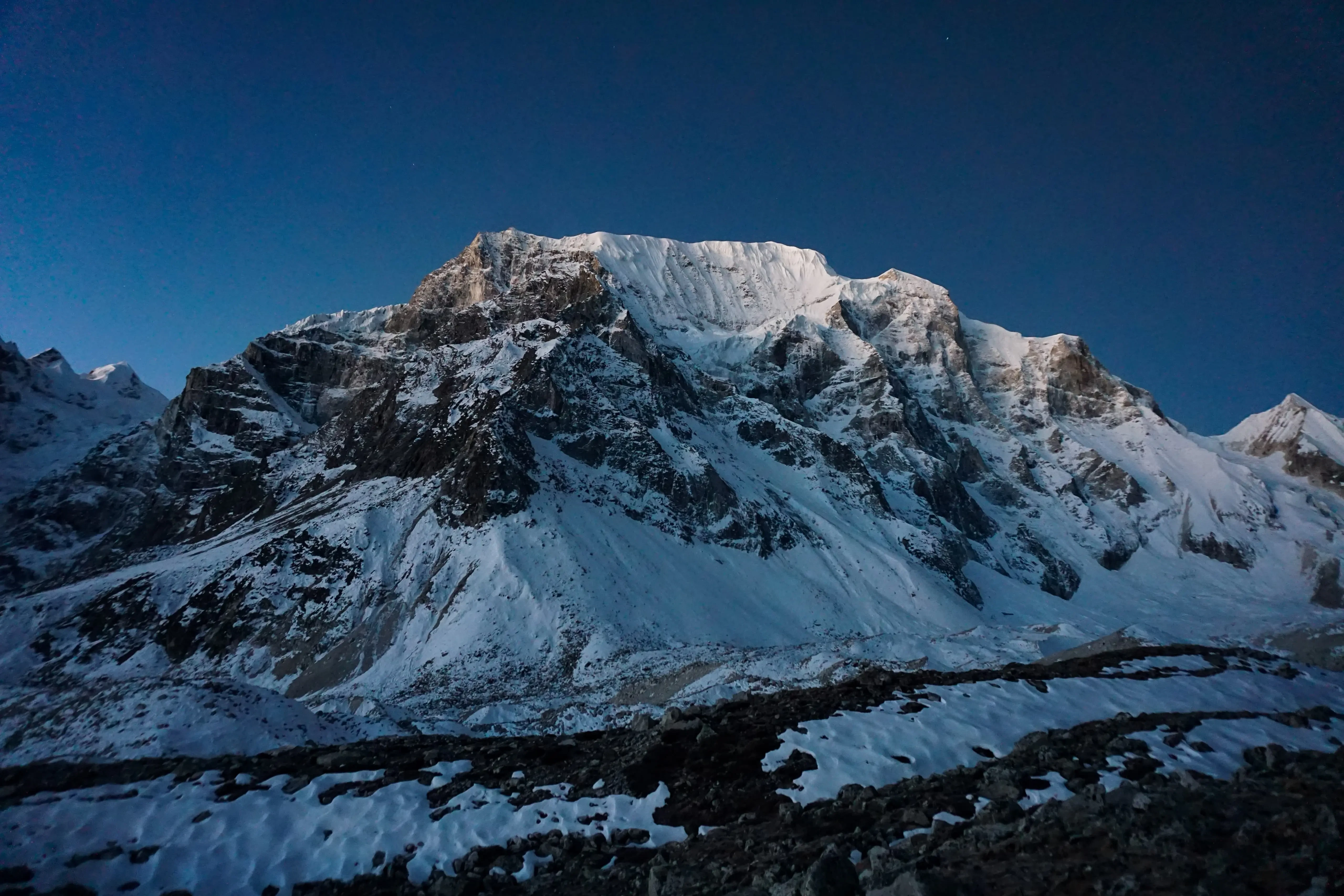
 54 Reviews on Google
|
54 Reviews on Google
|  30 Reviews on Facebook
30 Reviews on Facebook
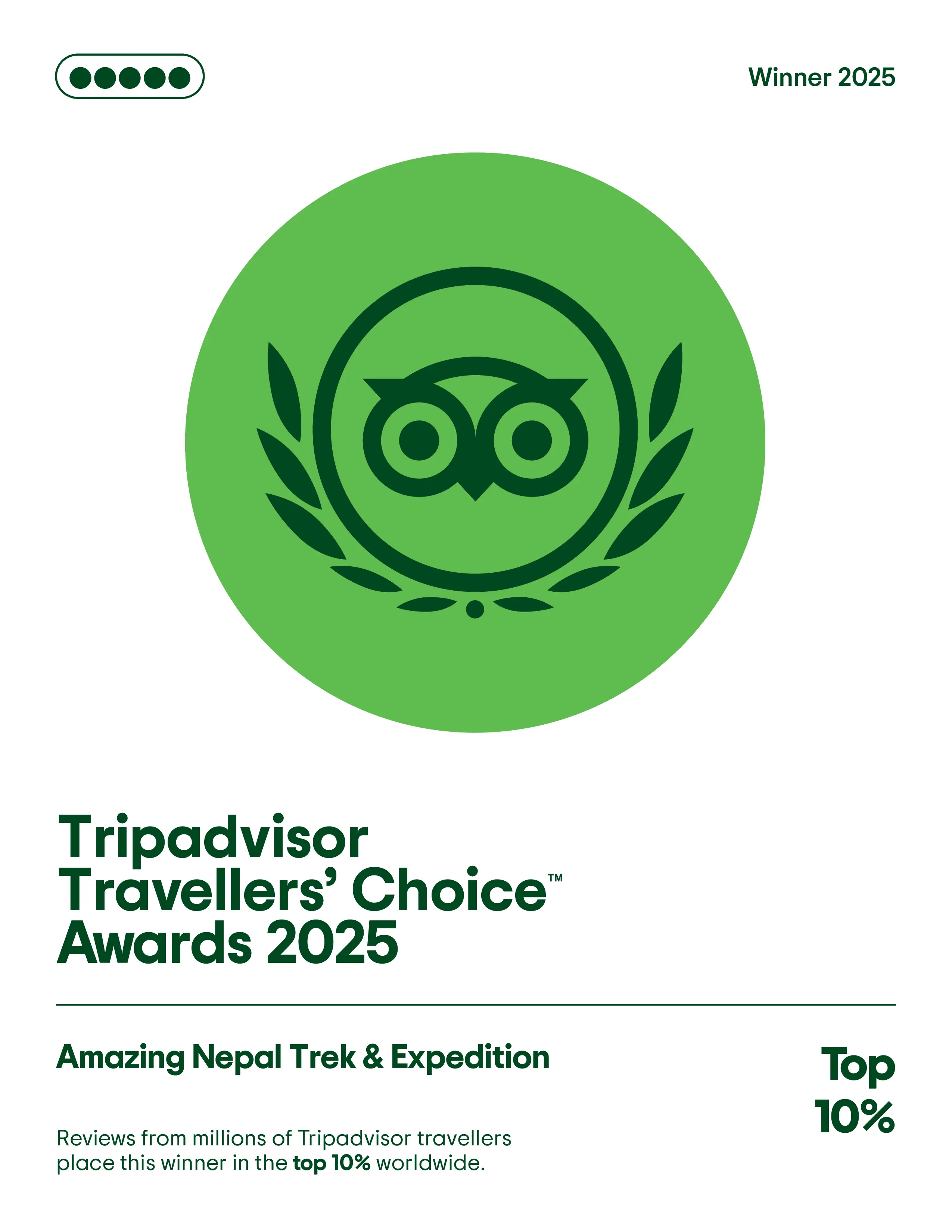
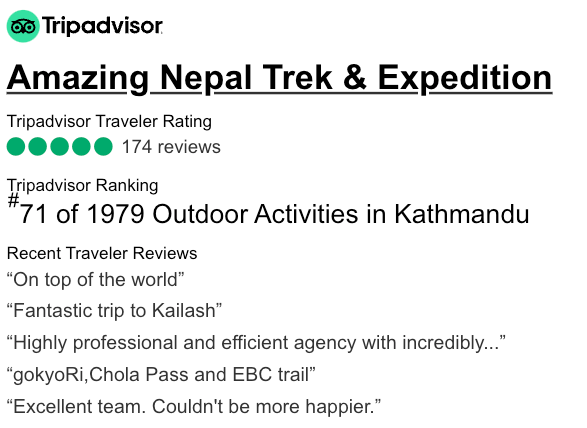
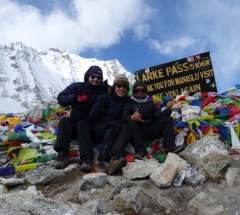

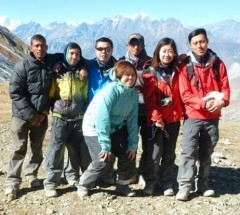
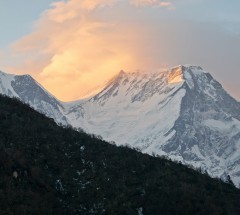
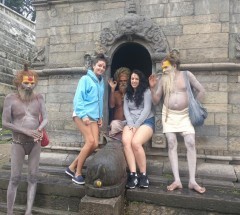
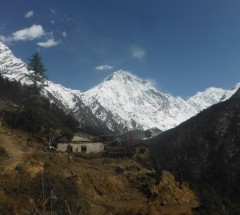
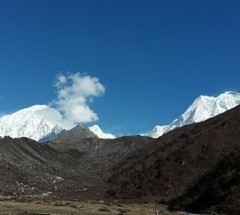
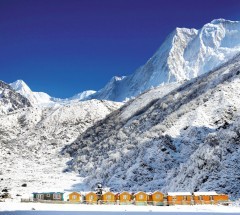

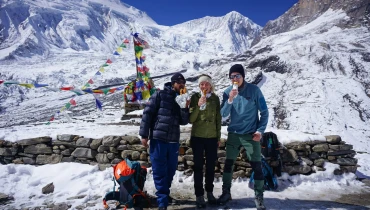
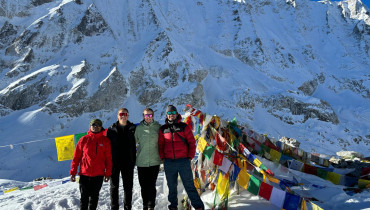
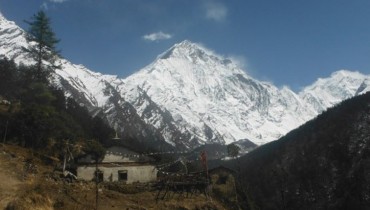
 WhatsApp Us
WhatsApp Us




